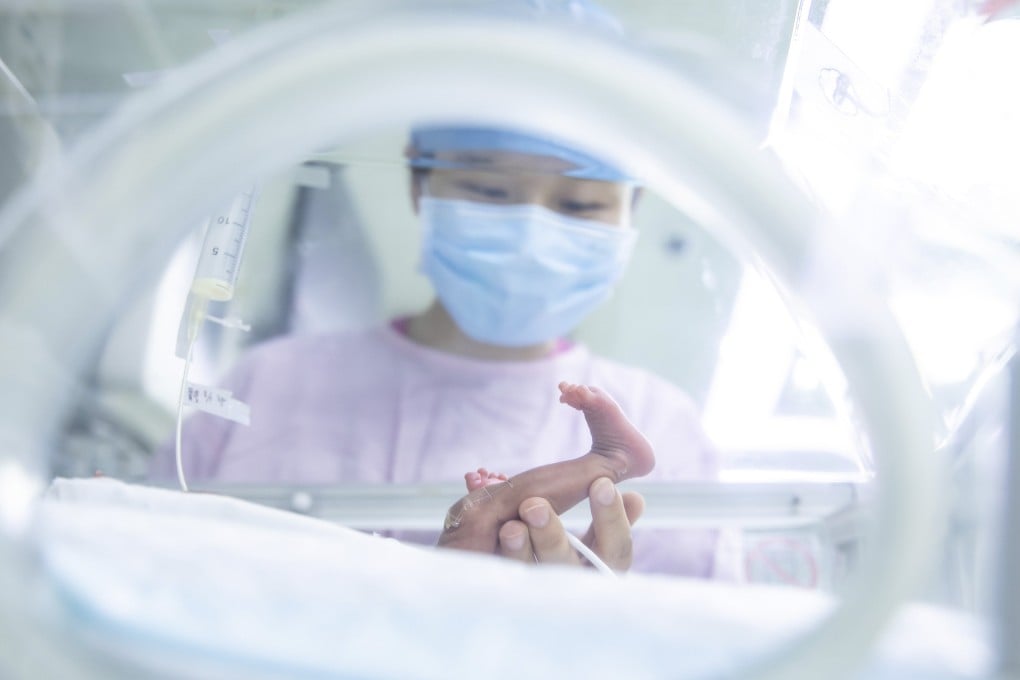Advertisement
Screening technology can boost IVF live birth rate, Chinese study finds
- Live birth rate went from less than 30 per cent to 72 per cent using method known as PIMS, according to researchers
- It comes as China is facing a demographic crisis after the population shrank for the first time in six decades last year
Reading Time:2 minutes
Why you can trust SCMP
1

A Chinese study has found that a screening technology can increase the percentage of live births via in vitro fertilisation (IVF) – a discovery that comes as authorities in China are trying to boost the falling birth rate.
By using a method called preimplantation DNA methylation screening (PIMS), the research team said the live birth rate of assisted reproductive technology increased from less than 30 per cent to 72 per cent.
The study, led by researchers from the Chinese Academy of Sciences and Shandong University, was published in the peer-reviewed journal Cell Research on May 8.
Advertisement
“Increasing the live birth rate of IVF and reducing birth defects is extremely important in solving population problems,” the team told state-run China News Service.
Screening with PIMS could result in more than 100,000 new births in China per year, and reduce by 10,000 the number of birth defects, saving tens of billions of yuan in clinical costs every year, according to the report.
China is facing a demographic crisis after the population shrank for the first time in six decades last year. The country’s birth rate declined for a sixth consecutive year to the lowest on record, at 6.77 births per 1,000 people.
Advertisement
Select Voice
Choose your listening speed
Get through articles 2x faster
1.25x
250 WPM
Slow
Average
Fast
1.25x
